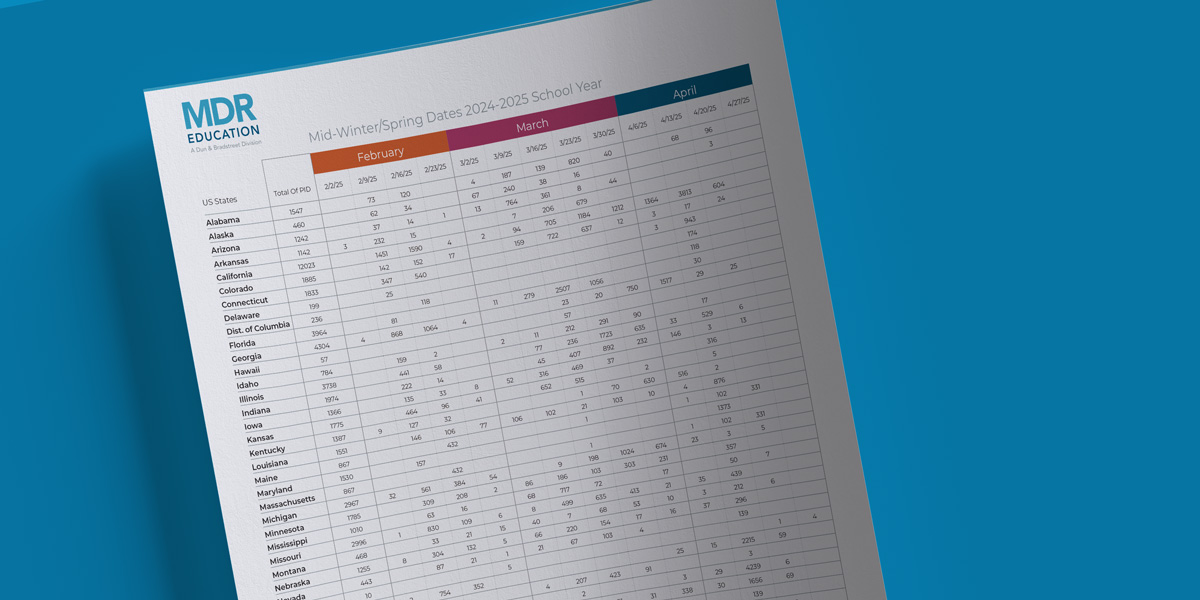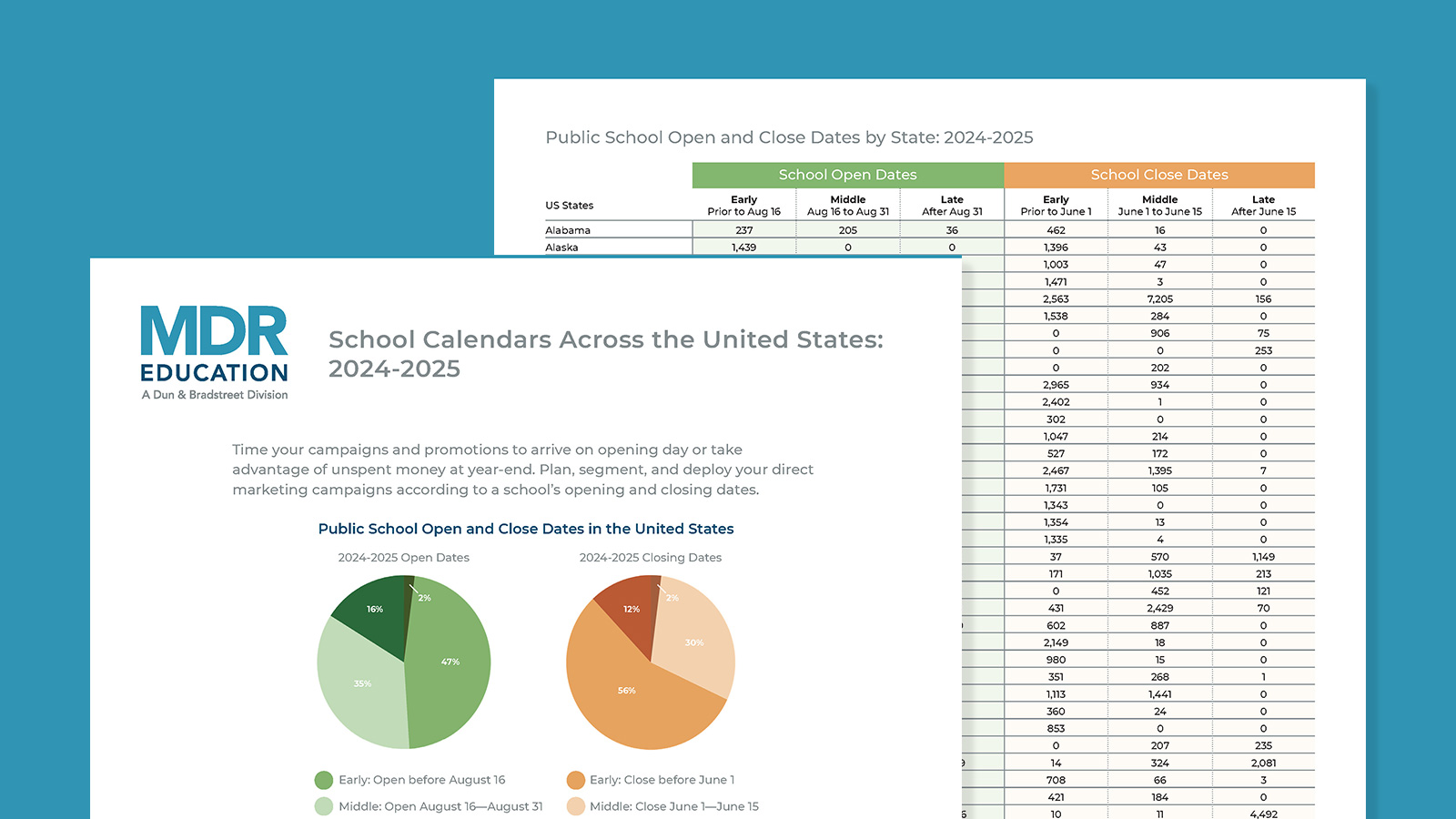It just makes sense that for students to learn and achieve they need to be in attendance and engaged. But in the wake of COVID-19 pandemic school closures, educators are now grappling with a record increase in student absenteeism. A study by Stanford University professor Thomas Dee found that the number of public school students who are chronically absent—missing at least 10% of days during the school year—has nearly doubled from about 15% in the 2018-2019 school year to around 30% in 2021-2022.1 This is an increase of an estimated 6.5 million students. And, according to the U.S. Department of Education (USDOE), the increase in absenteeism isn’t isolated to one state or region. Every state shows significant increases in rates of chronic absenteeism between the 2018-2019 and 2021-2022 school years. Disparities in levels of chronic absenteeism across racial, ethnic, and socioeconomic lines also grew.2
So, as educators work hard to close the learning gaps brought on by the realities of recent years, the problem is coupled with the challenge of students not being present to learn. The result: lagging grades and performance on standardized tests. Beyond test scores, irregular attendance can be a predictor of dropping out of high school, which has been linked to poor job prospects, health problems, and increased involvement in the criminal justice system.3
Why is this happening? A recent survey of students by the EdWeek Research Center revealed that 16% of students who were absent for at least a day in the past year and missed school for reasons other than physical illness said they didn’t attend because of anxiety, and 12% said they were too sad or depressed to attend.4 It appears that the current student mental health crisis is one cause of this increase in chronic absenteeism.
What is being done to help? As part of its “Raise the Bar: Lead the World” initiative, the Biden administration and the USDOE announced funding to develop resources to offer states guidance on practices for responding to chronic absenteeism. In addition, the DOE will deploy its Student Engagement and Attendance Center (SEAC) to disseminate evidence-based strategies and actionable tools for engaging students and their families. Remaining American Rescue Plan Elementary and Secondary School Emergency Relief (ARP ESSER) funds can also be used to support programs designed to increase regular in-school attendance and reduce student absenteeism as well as for programs that support student mental health, helping to combat the problem at its root cause.
States, school districts, and communities around the country are also facing the issue head-on. In Connecticut, the state department of education and Governor Ned Lamont launched the Learner Engagement and Attendance Program (LEAP) to combat chronic absenteeism. Through the program, home visitors connect directly with families and students to establish trusting relationships, help return them to a more regular form of school attendance, and assist with placement in summer, after-school, and learning programs.5 Since 2018, Mississippi has designated September “Attendance Awareness Month” as part of an annual campaign to raise awareness about the importance of attending school.6 September is Attendance Awareness Month in Alabama as well. Districts, such as Alexandria City Public Schools in Virginia, have turned to parent-communications apps to help decrease absenteeism. Community programs, such as the YMCA of Greater New York’s new Attendance Success Initiative, are working to increase attendance through case management, incentives, and celebrating the successes of students.
As whenever we are faced with a challenge, the U.S. education community and communities at large are coming together to reverse the trend of chronic absenteeism in this country. Perhaps your company has a program or initiative that would support their efforts? MDR would love to help you spread the word and ensure that all kids have access to learning opportunities that will prepare them for happy, healthy, successful lives.
Sources:
1Higher Chronic Absenteeism Threatens Academic Recovery from the COVID-19 Pandemic
2Chronic Absenteeism and Disrupted Learning Require an All-Hands-on-Deck Approach
3The Effect of Education on Crime: Evidence from Prison Inmates, Arrests, and Self-Reports
4Students Are Missing School Because They’re Too Anxious to Show Up



